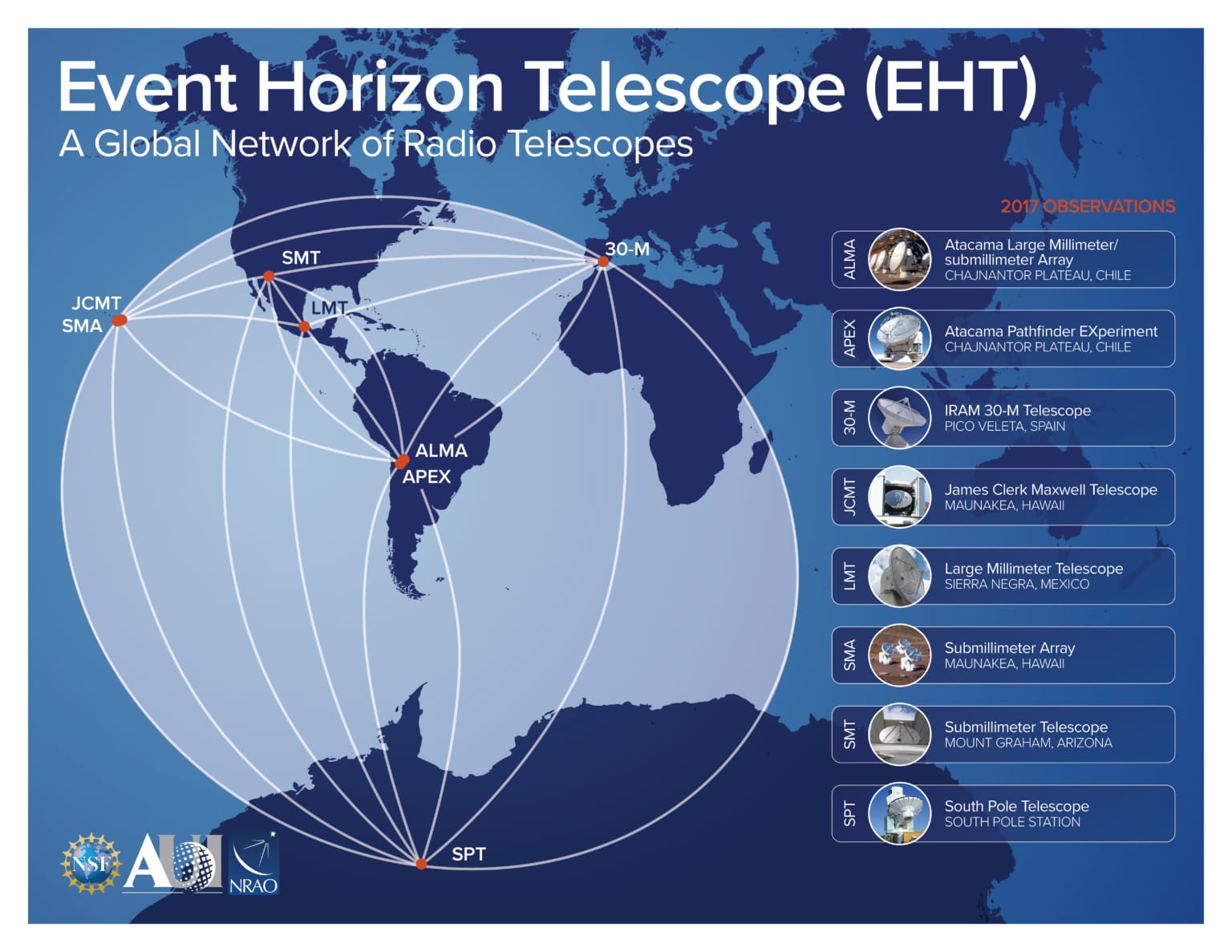A recently discovered asteroid, named 2024 YR4, has become a focal point for astronomers as its potential risk of colliding with Earth has risen slightly. First observed on December 27, 2024, by the El Sauce Observatory in Chile, this asteroid has been under continuous observations to refine its orbital path and assess its likelihood of impacting our planet. According to preliminary estimates, the asteroid currently has a 2.2% chance of striking Earth on December 22, 2032. Though the odds remain relatively small, this development underscores the importance of vigilance and preparedness regarding near-Earth objects (NEOs).
Measuring between 130 and 300 feet in length, asteroid 2024 YR4 is categorized as a medium-sized celestial body. Its presence was initially detected through an analysis of its brightness as it passed relatively close to Earth during its orbit. Subsequent calculations and revisions in its trajectory have led to the current risk probability, a slight increase from earlier estimates, which put the likelihood of an impact at 1.2%.
The European Space Agency (ESA) and NASA’s Center for Near Earth Object Studies (CNEOS) are among the key institutions closely monitoring this asteroid’s path. To quantify the threat posed, asteroid impacts are often measured using tools like the Torino Scale. On this scale, 2024 YR4 is categorized at Level 3, indicating a situation requiring careful monitoring but not immediate concern. This classification reflects the uncertainty associated with predicting asteroid trajectories over extended periods.
Should its current course alter unfavorably, scientists have several options to mitigate the asteroid’s threat. Initiatives like NASA’s DART (Double Asteroid Redirection Test) mission, successfully completed in 2022, have already demonstrated the feasibility of altering an asteroid’s course by intentionally crashing a spacecraft into it. Similar technological interventions could be employed, if deemed necessary.
The discovery and ongoing analysis of 2024 YR4 highlight the rapid advancements in astronomical technology and the international community’s collaborative efforts to identify, track, and respond to potentially hazardous asteroids. With advances in ground-based telescopes, specialized research observatories, and spaceborne tracking systems, the detection and monitoring of such objects are becoming increasingly accurate and timely.
Asteroids, remnants of the early solar system, frequently pass near Earth. While the overwhelming majority pose no significant risk, those classified as potentially hazardous deserve close observation. These rocks, depending on size and composition, could cause severe damage if they were to reach the Earth’s surface. A “city killer”-sized asteroid like 2024 YR4 has the potential to produce localized devastation comparable to that of a nuclear explosion.
Despite the raised odds of impact, experts stress that there is no reason for immediate alarm. Probability models for asteroid trajectories become more precise as additional observations are gathered over time. Historical patterns show that the estimated risk often decreases as more precise calculations are made, narrowing the object’s predicted path. The confidence among scientific communities remains high that, even if 2024 YR4’s trajectory continues to align with Earth, adequate time and technology exist to avert disaster.
Global cooperation has enhanced preparedness for potential asteroid threats. Organizations like the International Asteroid Warning Network (IAWN) play vital roles in monitoring NEO threats and advising on suitable responses. In the case of future hazards, efforts to deflect, fragment, or otherwise neutralize an approaching asteroid would necessitate a globally coordinated strategy.
While asteroid 2024 YR4 is under close scrutiny, scientists continue studying older records to identify any past sightings that might help refine its trajectory predictions. By analyzing historical data, astronomers can gather additional insights into its long-term orbital behavior and improve projection accuracy.
Detection of asteroids like 2024 YR4 has also propelled public interest in space safety. Public and political awareness of the importance of planetary defense has grown, especially following NASA’s success with DART. This incremental progress underscores humanity’s ability to face cosmic threats proactively.
The case of asteroid 2024 YR4 serves as a reminder of the power and capability of modern astronomy. While it is highly unlikely that this asteroid will have a significant impact, its discovery and subsequent monitoring illustrate a vigilant, science-driven approach to safeguarding Earth from celestial hazards. In the years leading up to the 2032 close encounter, scientists around the world will continue their work in ensuring the safety and security of humanity against such cosmic uncertainties.



